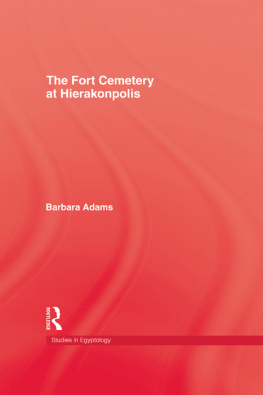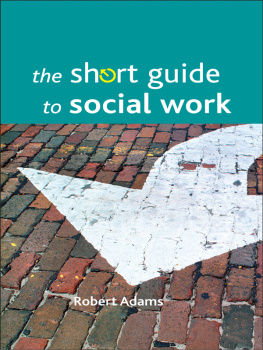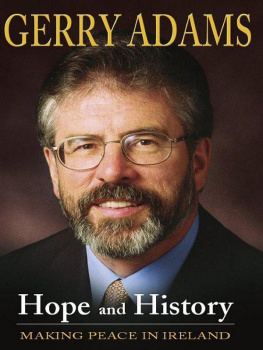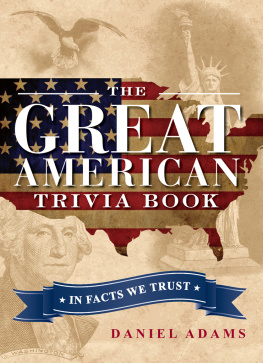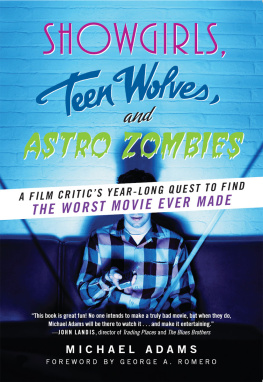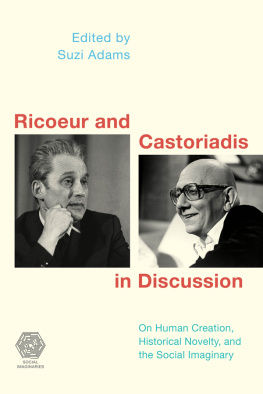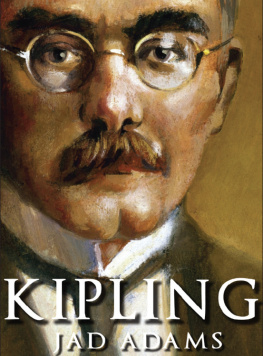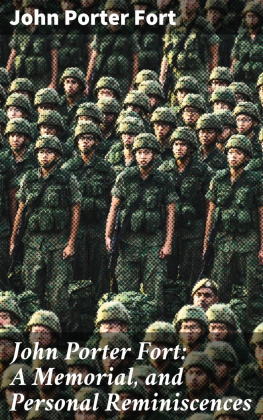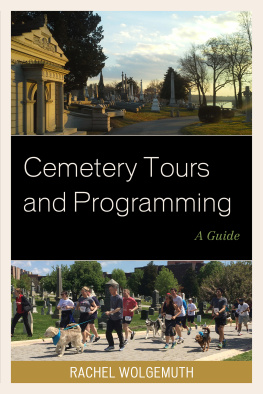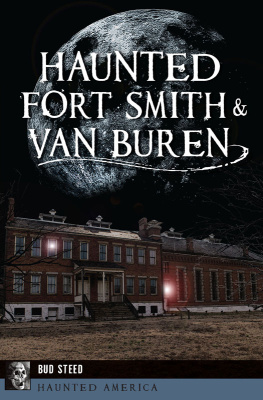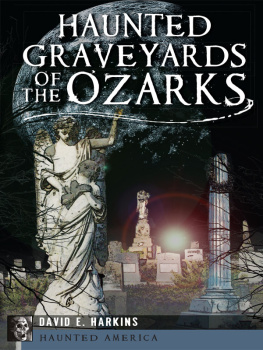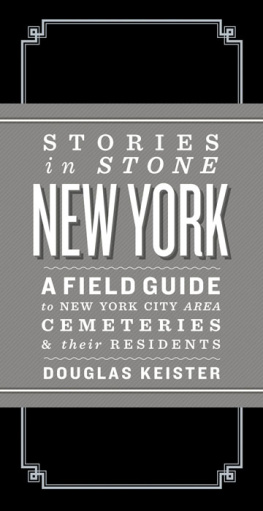The Fort Cemetery at Hierakonpolis
Studies in Egyptology
Edited by W. V. Davies, Deputy Keeper, Department of Egyptian Antiquities, The British Museum.
Editorial Adviser: A. F. Shore, Professor of Egyptology, University of Liverpool.
Already published:
The Egyptian Temple
Patricia Spencer
The Administration of Egypt in the Old Kingdom
Nigel Strudwick
Corpus of Reliefs of the New Kingdom from the Memphite Necropolis and Lower Egypt Volume I
Geoffrey Thorndike Martin
Problems and Priorities in Egyptian Archaeology
Jan Assmann, Gnter Burkhard and Vivian Davies
Lost Tombs
Lise Manniche
Decoration in Egyptian Tombs of the Old Kingdom
Yvonne Harpur
First published in 1987 by
Kegan Paul Limited
This edition first published in 2009 by
Routledge
2 Park Square, Milton Park, Abingdon, Oxon, OX14 4RN
Simultaneously published in the USA and Canada
by Routledge
270 Madison Avenue, New York, NY 10016
Routledge is an imprint of the Taylor & Francis Group, an informa business
Barbara Adams
Transferred to Digital Printing 2009
All rights reserved. No part of this book may be reprinted or reproduced or utilised in any form or by any electronic, mechanical, or other means, now known or hereafter invented, including photocopying and recording, or in any information storage or retrieval system, without permission in writing from the publishers.
British Library Cataloguing in Publication Data
A catalogue record for this book is available from the British Library
ISBN 10: 0-7103-0275-4 (hbk)
ISBN 13: 978-0-7103-0275-5 (hbk)
Publishers Note
The publisher has gone to great lengths to ensure the quality of this reprint but points out that some imperfections in the original copies may be apparent. The publisher has made every effort to contact original copyright holders and would welcome correspondence from those they have been unable to trace.
PREFACE AND ACKNOWLEDGEMENTS
My involvement with the site of Hierakonpolis and its excavators goes back to the early 1970s when, through the inspiration and encouragement of Professor H. S. Smith, the Head of the Egyptology Department at University College London, I began work on the material excavated there by J. E. Quibell and F. W. Green in 1898-1900. This fuller treatment of their results was published in 1974 as Ancient Hierakonpolis and Supplement. By that time I was aware that Hierakonpolis was being investigated again by the Americans, led by Professor Walter A. Fairservis of Vassar College, Poughkeepsie, New York, who undertook his first expedition to work in the town site in 1969. There he had with him an Anthropology student called Michael Allen Hoffman, who also began work in the Predynastic sites in the desert. In 1978, Dr. Hoffman returned with his own archaeological team to continue work in the Predynastic areas; whilst the excavation of the town and temple site (Kom el Gemuwia) was continued by Professor Fairservis. Hoffman and his team returned to Egypt in 1979 and he asked me to join the expedition in the early part of 1980. I have been a member of the Hierakonpolis research team ever since, having returned to the site in 1981 (with Fairservis), 1982, 1984 and 1986 (with Hoffman).
Here I can take the opportunity to record my deep appreciation to both leaders of the American expedition for involving me in their work and giving me the opportunity to gain far more of a sense of the site than the immersion in publications, objects and old notebooks had hitherto given me. I can only hope that my particular abilities have and will contribute to the aims of the important research that the investigations of Hierakonpolis represent.
It was at Hierakonpolis in 1980 that Dr. Hoffman commented that the work of all previous excavators ought to be fully covered as a complement to the results of the present excavations. He was prompted by a visit from Thomas Logan, then of the Metropolitan Museum, New York, who was working on the material excavated by Ambrose Lansing in 1934 (Lansing, 1935) in the continuation of the Predynastic cemetery south of the Fort (Locality Hk-27) on behalf of that museum. I had already covered the first excavation by Quibell and Green and this left the gap between them when Garstang was at the site in 1905-6 and de Morgan in 1907-8. (Winifred Needler has now published Henri de Morgans excavations, see Needler, 1984.) I agreed to explore the remaining British possibilities and to write a summary of Garstangs excavations.
On my return to England, I visited the School of Archaeology and Oriental Studies at Liverpool University where I knew that Garstangs records were deposited. Professor A. F. Shore, the Head of Department, generously assigned the relevant manuscripts, photographs and material to me. During that visit it was obvious that more could be produced than a brief summary of Garstangs excavations at Hierakonpolis. This has in fact already been admirably done for the Fort and the cemetery beneath it in a preliminary paper by Barry Kemp (1963), a former student at Liverpool.
For this publication I decided to concentrate on the cemetery excavated within the mud brick Fort at the opening of the Great Wadi and to follow Kemps trail which involved contacting the museums to which Garstang sent objects in the hope that I could obtain a fuller record of the material. The likely distribution was extensive, as noted in a report to the Liverpool excavation committee in 1905 (see Appendix A2), where Garstang says he intended to make up sets of pots and send them to museums in such places as Jamaica, South Africa and Australia, as well as others in Canada, New Zealand and the U.S.A. In fact I received a very reasonable response to my queries about the material as some curators have discovered more objects in their museums since the 1960s. It is not at all unusual that the original site numbers on the Egyptian material they received from Garstangs excavations may have been lost (see Chapter 1, footnote 2), but all in all, I think I have succeeded in tracking down the maximum number of objects. The personal help I received, together with that gained from correspondence, has produced a formidable list of curators and others I wish to acknowledge here.
In some cases, such as Milwaukee, the supposed objects never turned up, and in Jamaica an earthquake removed them; from other places I never received replies, but the following people gave positive and negative replies to my queries about objects with an F number on them; Mrs. Angela P. Thomas, Bolton Museum and Art Gallery; Mr. A. M. Llewellyn, Blackburn Museum; Mr. Philip H. Watson, Birmingham Museum; Mrs. Margaret Warhurst and Mr. Edmund Southworth, National Museums and Galleries on Merseyside (ex. Merseyside County Museum), Liverpool; Dr. Jeffrey Spencer, British Museum; Dr. Oliver Watson and Mr. D. M. Archer, Victoria and Albert Museum, London; Mr. George B. Deakin; Ms. Pauline Beswick, Sheffield Museum; Mr. T. M. Ambrose, Lincoln Museum; Mrs. K. B. Griffiths, Wellcome Museum, Swansea University, Wales; Mr. C. J. Delaney, Carmarthen Museum, Wales; Mr. Charles Hunt, Anthropological Museum, University of Aberdeen, Scotland; Dr. L. F. Keppie, Hunterian Museum, Glasgow, Scotland; Dr. Nicholas Millet, Royal Ontario Museum, Toronto, Canada; Miss C. A. Lawler, Nicholson Museum, Sydney, Australia; Ms. Zoe Wakelin-King, Australian Museum, Sydney; Ms. Moya Smith, Western Australian Museum, Sydney; Ms. Joan Beck, Macquarie University, New South Wales, Australia; Dr. D. J. Robinson, Queensland Museum, Australia; Ms. Helen Reeves, Grainger Museum, University of Melbourne, Australia; Dr. Jill Hamel, Otago Museum, New Zealand; Mr. Carter Lupton, Milwaukee Museum, Wisconsin, U.S.A.; Mr. John A. Aarons, National Library of Jamaica, and last, but not least, Miss Patricia Winker, Professor Shores secretary who also curates the teaching collection at the School of Archaeology and Oriental Studies, Liverpool University, for all her attention and the objects she kept finding for me to identify.


